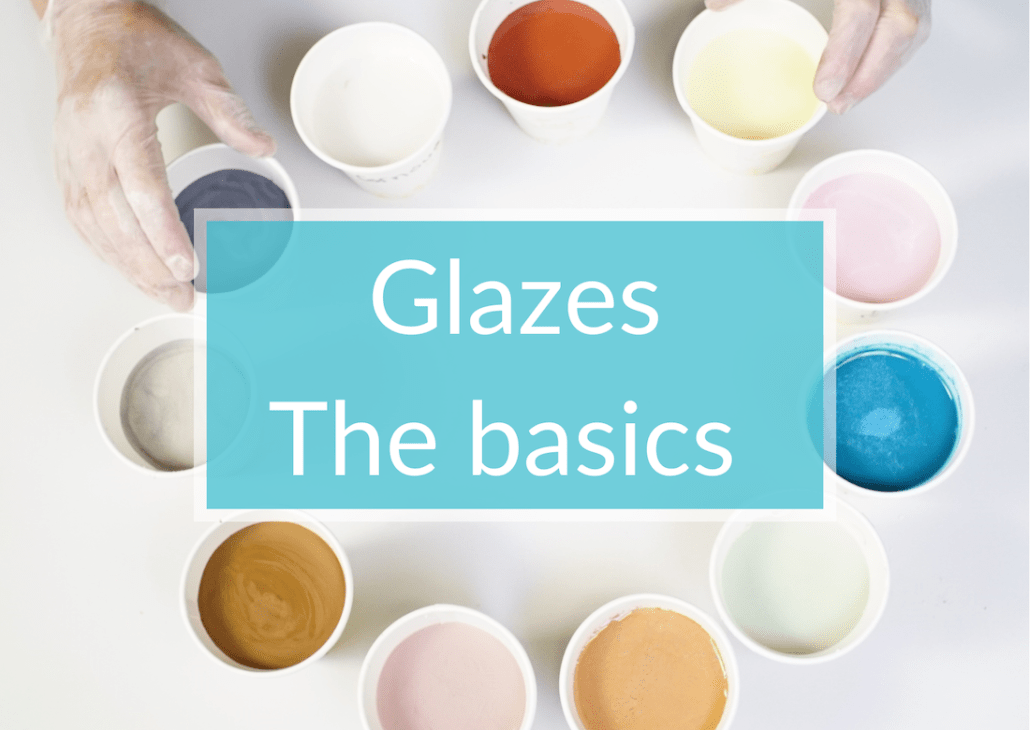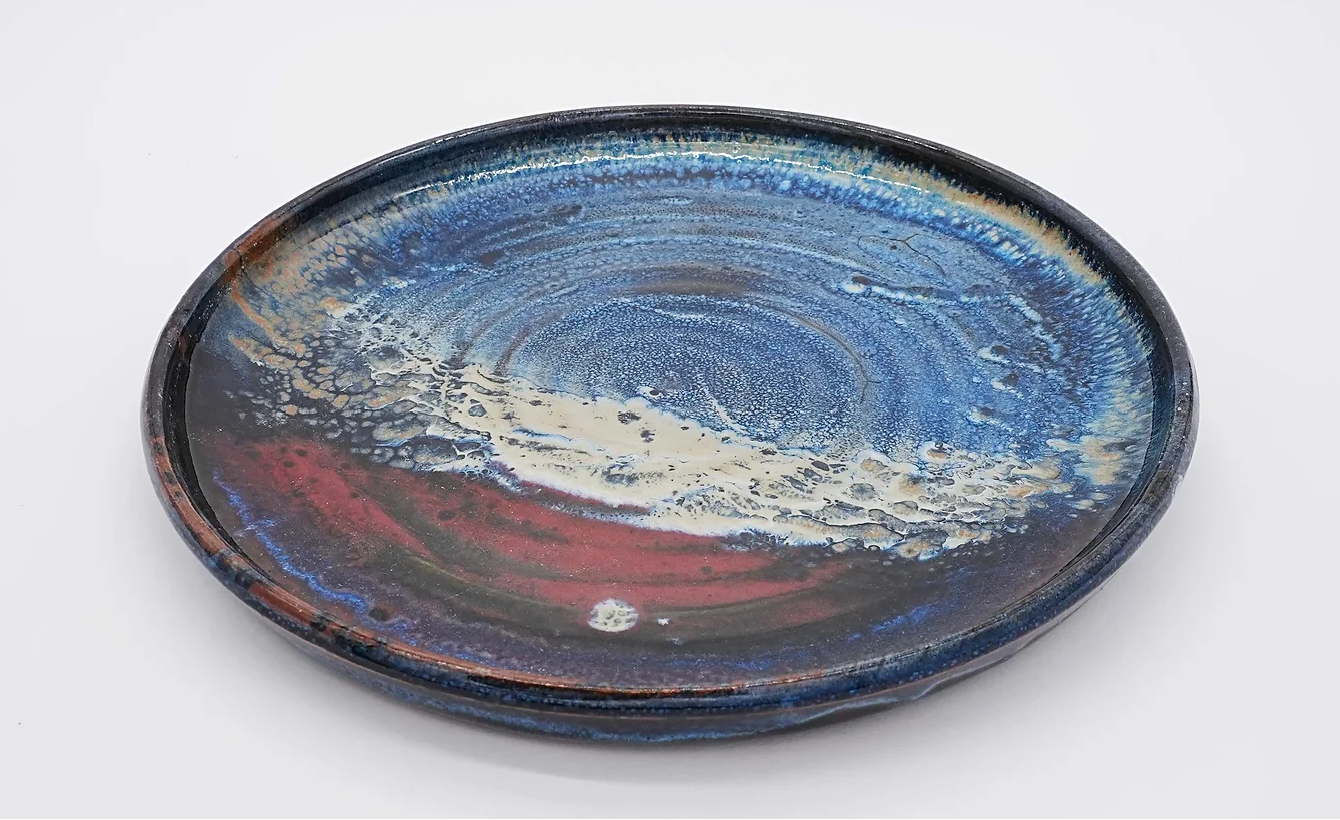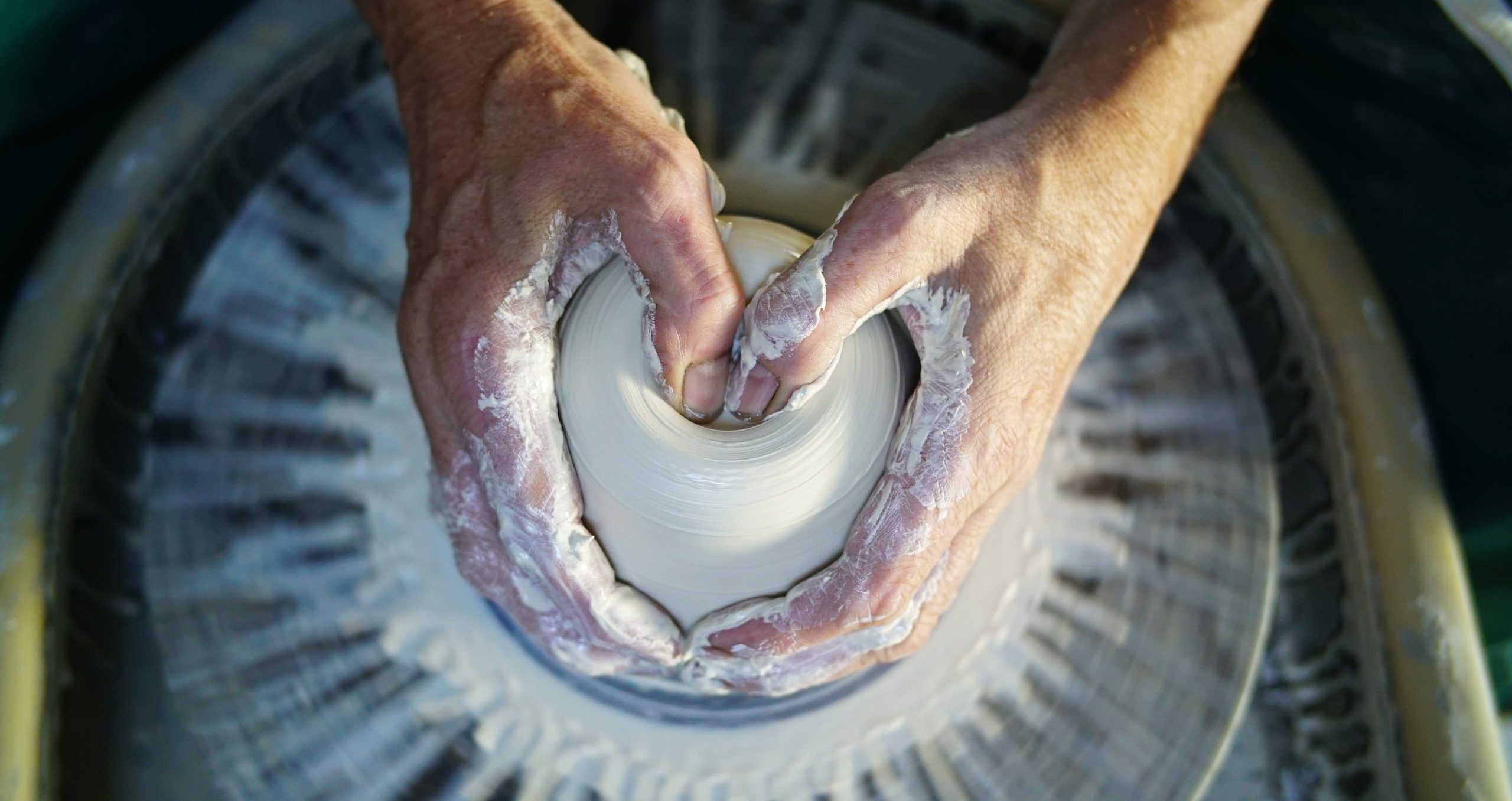Discovering the Art of Japanese Ceramic Masters
An Invitation to Travel to Japan, to discover Master Potters through the novel of Jean Tessier
For a ceramicist, there comes a time when the urge to travel to Japan is almost irresistible. Jean Tessier illustrates this feeling in the prologue to his novel ‘Le Japon des Potiers,’ writing: “Japan for the potter is as Vienna for the musician!” Jean Tessier, who was born in 1931, has had a profound influence on the ceramics of the 20th century because, in addition to being a writer, he is also a philosopher and a potter. In this novel, published in 1993, he draws on his own travels to tell the story of the ambitious mission he set himself: to create a genuine ceramic culture in France, inspired by the wisdom and experience of Japanese artists who cultivate their art as a spiritual as well as a technical practice.
The book opens with a radical question: “Can one die of beauty?
“Can one die of beauty?” is the question asked by Johann, Jean Tessier’s fictional protagonist and alter ego, aboard a plane to Japan. Loaded with recommendations and driven by an irrepressible thirst to meet the country’s great masters, Johann arrives in Japan.
His first stop is Mashiko. There he meets Shoji Hamada, one of the most influential master potters of the 20th century. A central figure in the Mingei movement, which promotes folk art and traditional craftsmanship, Shoji Hamada has been designated a Living National Treasure. This is where the artistic, initiatory pilgrimage that suffuses the entire book really begins. In Mashiko, Johann experiences extraordinary hospitality. He discovers a philosophy in which an object, far from being merely utilitarian, comes alive and is the bearer of a strong cultural identity.
Jean Tessier also emphasizes the extent to which Japanese potters define themselves in relation to their kilns. Kilns are often referred to by Japanese potters as the beating heart of the potter’s community. Firing is a ritual in which the artist entrusts his work to the mysterious alchemy of fire.
The journey continues with visits to other emblematic sites. In Kyoto, Johann discovers a city where ceramics are closely linked to spirituality and everyday craftsmanship. He visits the home of Kanjiro Kawai, another great figure of the Mingei, for whom each ceramic piece tells a story, that of a trace of the soul trapped in the material. This allowed him to understand an essential truth told to him by Yu Fujiwara, the master potter he would later visit in Bizen: “Clay is the most important element in pottery. Search tirelessly for the one which corresponds to your deepest nature.” Through this search for the ideal clay, Johann became aware of a fundamental difference between Western thought and Japanese philosophy. Here, clay precedes fire and form. But instead of imposing thought on matter, as in the West, the Japanese potter listens to the clay and respects its rhythms and where it leads.
Another radical difference between East and West is the distinction between craft and art, which in the West is determined by the usefulness of an object. Jean Tessier tells us that in Japan, the distinction is rather between “art” and “luxury objects,” because what comes from the hand of man is art: “In Japan the object made by the hand of an artist or craftsman is of greater value than a luxury object, which is often seen as closer to junk, because a work of art will never come out of a factory.”
Although Jean Tessier’s novel demonstrates the power of Japanese philosophical thought, it also includes concrete advice, which makes it even more useful for the reader. Yu Fujuwara recommends to someone he considers an apprentice: “A pot must be assembled by hand, leaving as few marks as possible on it. When you cut the base and remove it from the wheel head, don’t push your wire outward: you’ll lose your vital energy; instead, pull it towards you to gather in your energy. A pot should never be turned once leather hard, otherwise why not make it in a mould? The beauty of a pot is in the throwing.
Yu Fujuwara continues: “The cylinder, a seemingly simple shape, reveals a profound truth. People think that it is easy to throw a cylinder, but it’s just the opposite! The clay just wants to sink back down, whereas with a curved shape (with a belly like a vase), the clay stands up all by itself. The shape of a cylinder is not as decorative as a round pot: it takes more skill to bring it to life. Always begin your training by making perfect cylinders. Round shapes too easily hide flaws in throwing, while the cylinder will always tell you where you are.
Throughout the book, the reader is led through the steps of a true potter’s apprentice, learning, among other things, how to throw from a ball of clay, sculpt a foot with a piece of bamboo, understand an anagama kiln…
The chapters on Johann’s apprenticeship in Yu Fujuwara’s workshop with the master’s apprentices are particularly instructive: Washing the floor, preparing the clay, obsessive repetitive actions: everything is ritualized into a basic requirement: “The worst thing that can happen to pottery is for it to be practiced by someone who is not worthy of it,” explains the master. The studio becomes a monastery where rigorous practice has only one goal: to achieve creative freedom.
The reader is kept in suspense as the description of the firing appears late in the story. The great firing, described as an eleven-day ceremony, symbolizes the climax of a spiritual as well as an artistic quest: “For me, the idea of firing and the idea of prayer are linked,” says the potter. The ashes, the controlled randomness, the imperfections – all remind us that beauty is born of a concurrence between control and letting go. Wabi-sabi, the art of sublime imperfection, becomes a metaphor for Johann’s life, as Jean Tessier explains: “Seek perfection in your nature, but let the inner imperfections show through. This is what gives you your charm – and your pots theirs.”
Through Johann’s journey, ‘Le Japon des Potiers’ is a plea for craftsmanship in general. Jean Tessier’s assessment of the West is harsh: ceramics are often reduced to a “minor art”, crushed by industrialization and disdain for manual occupations. In Japan, a hyper-technological society, craftsmanship remains a cultural pillar, and potters appear as guardians of an ancient tradition, but also as inspired innovators: “The object enriches its creator,” he reminds us: a bowl is not a product, but the direct expression of the soul of the person who shaped it.
The enigmatic question that opens the book, “Can one die of beauty?” is never directly answered by Johann. But perhaps this question was addressed to us, readers and potters alike? Are we ready to let ourselves be profoundly transformed by beauty, to the point of devoting our entire existence to it? This journey, experienced by Johann as an initiation, becomes our own. Through his literary double, Jean Tessier invites us to an intimate exploration of our practice, to question our relationship with art and matter. ‘Le Japon des Potiers’ offers us the possibility of an inner quest, a rare opportunity to rediscover what makes us potters and artists. Throughout his life, Jean Tessier never stopped being inspired by this legendary Japan that nourishes so many ceramicists. And thanks to him, we can be too.

Resource centre
animated by Matthieu Liévois,
potter-ceramist for over 40 years and founder of the Creamik School
Find all the courses
Keywords
Don’t miss any more news from the Créamik school!
















